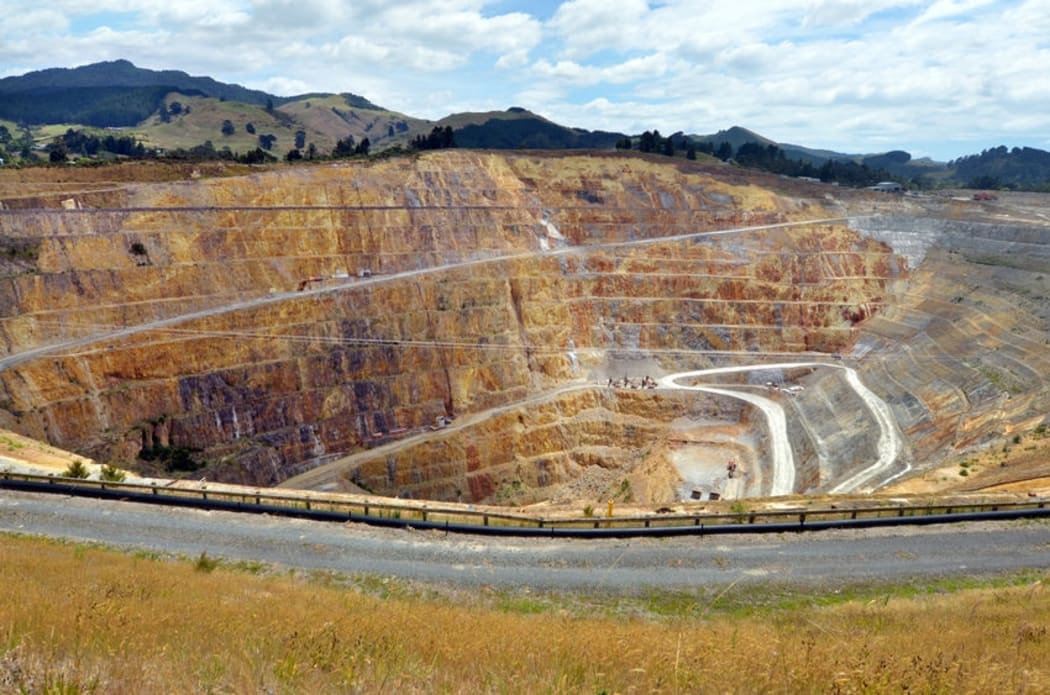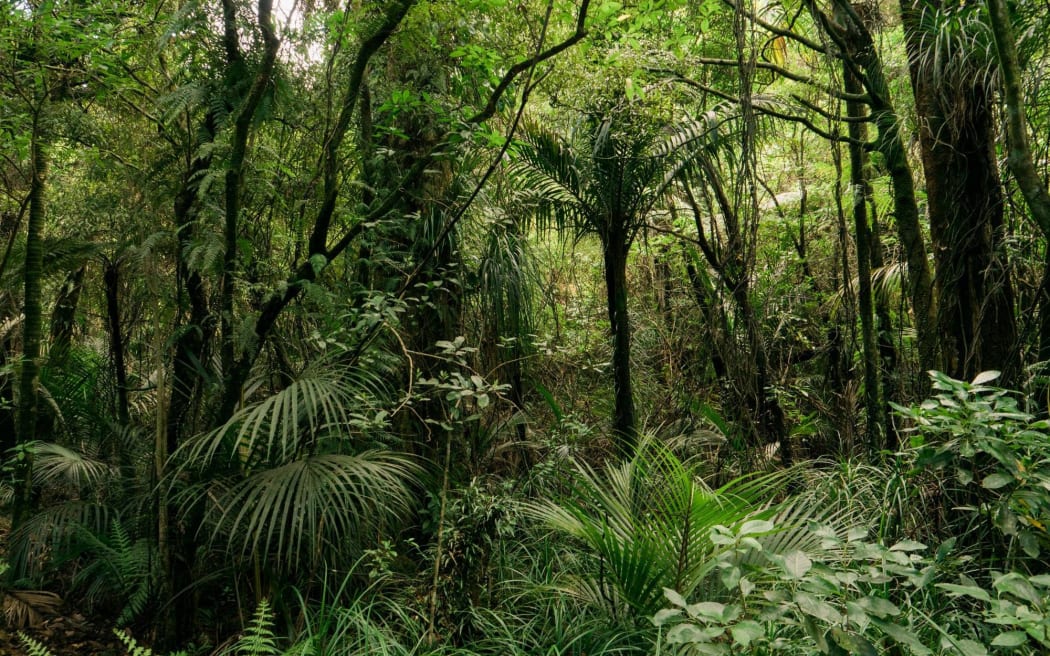
Oceana Gold's mine in Waihi. Photo: 123RF
“There will be no new mines on conservation land.”
That promise was made in the 2017 Speech from the Throne, as the Governor-General delivered the Labour-led Coalition Government’s intended agenda for the upcoming term.
Nearly five years later, nothing has happened.
And a planned new mine in the Coromandel near the long-standing Martha Mine at Waihi has mobilised an activist group – Ours Not Mines – calling on the government to live up to its promise.
So, what happened to this pledge, which on the surface seemed unambiguous.
On today’s episode of The Detail, Emile Donovan speaks to Stuff national correspondent Charlie Mitchell about the past and present of mining in Aotearoa; why this pledge remains unfulfilled; and why the broad categorisation of stewardship land has allowed the government to sit on its hands, even when it’s no longer hamstrung by coalition partners.
Mitchell says mining is very much a thriving industry in New Zealand.
“Perhaps not thriving as it once was, but there is still a significant mining presence – particularly on the West Coast, where you have this high-quality coal, low in ash and low in sulphur that is valued overseas.
“But there’s also a lot of gold mining still happening in Coromandel, and low value coal mining in Southland and Otago.”
Aotearoa’s coal mining productivity hit its peak in the mid-to-late-2000s, when we were regularly producing more than five million tonnes of coal per year. Much of it went offshore, though that’s dropped over time to a touch over three million tonnes in 2020.
Gold mining, however, is a big earner for New Zealand: it’s worth more than $400 million per year, and is our second-largest goods export to Australia.

The Wharekirauponga bush in the Coromandel where OceanaGold is planning an underground tunnel to mine gold. Photo: Supplied / Coromandel Watchdog
But, of course, there’s the elephant in the room: mining isn’t great for the environment. Practices now are better than they were in the past, and many of the worst long-term effects can be mitigated; but drilling into the earth to extract materials which have been lying undisturbed for thousands of years, often where the surface terrain is habitat to native birds and plants and animals, isn’t ideal.
Hence the promise by the Labour-led coalition government in 2017 to ban all new mines on conservation land.
Mitchell says while the presence of New Zealand First in government may have presented issues getting this policy over the line, the continued inertia is more confusing given Labour’s landslide victory in 2020.
He says part of the issue concerns something called stewardship land – conservation land which hasn’t yet been categorised according to its conservation value.
Stewardship land constitutes around nine percent of New Zealand’s total land area, and while some of it is of high value, as walking tracks or habitats for endangered species, other land has low conservation value – particularly around rocky areas, which are ripe for mining exploration.
The government is yet to decide whether the ban on new mines on conservation land would apply to stewardship land.
Mitchell says there’s a delicate balance to strike when authorities make broad promises like this, particularly when it comes to fossil fuels: obviously it’s a good idea to phase out fossil fuels, but that is going to take some time – years, or decades – and until then, fossil fuels will remain essential to how the world functions.
“I think of this in a lot of ways like the ban on oil and gas exploration.
“That policy was welcomed by environmentalists and those concerned about the climate, but it had a reasonably modest impact on our emissions, if any at all.
“It served as a statement of what the government wanted to do, but whether it starts any broader policy or broader action …
“The term virtue-signalling has been polluted in a lot of ways, but in some ways that is the merit of policies like this: they don’t have, perhaps, massive impact, but they do on the margins, and they demonstrate how the government views certain issues.”

PIJF Photo: .

